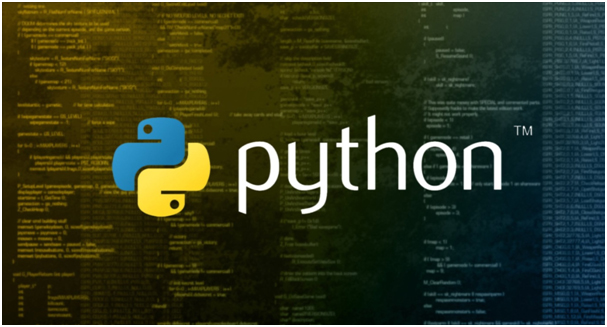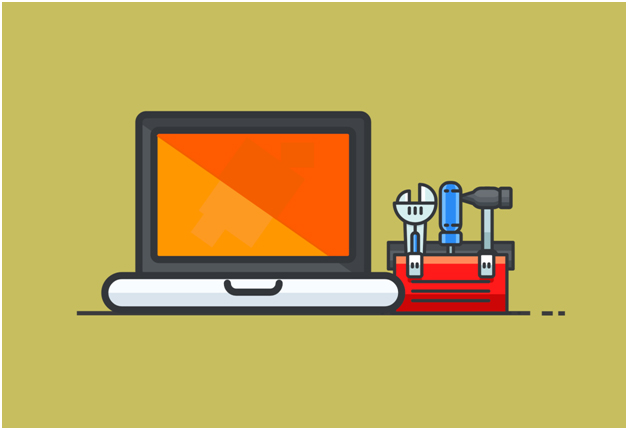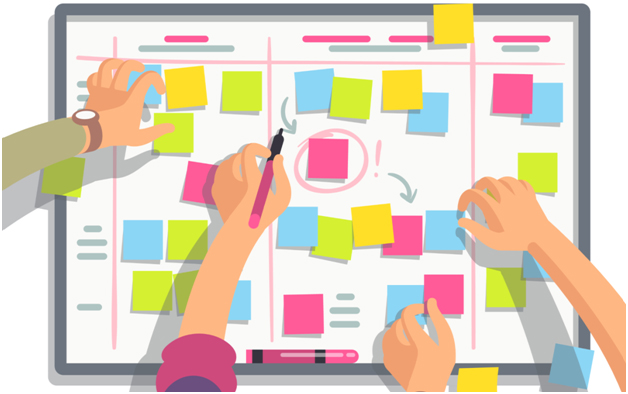
Exploring Python Programming: Versatility and Evolution
Python, a high-level, general-purpose programming language, has been a cornerstone in the coding world since its introduction in 1991 by Guido van Rossum. Its design philosophy emphasizes code readability and simplicity, making it an accessible and preferred choice for developers. Python stands out for its use of significant whitespace and object-oriented programming, aiming to provide clear and meaningful code.
The language began as a successor to the ABC language and is often referred to as a "batteries-included" language due to its comprehensive standard library. This library is instrumental for developers, facilitating various tasks without external resources.
Python has undergone several significant updates over the years. The release of Python 2.0 in 2000 marked a major step in its development, followed by Python 3.0 in 2008. Although Python 3.0 was not fully backward compatible with earlier versions, it brought substantial improvements and innovations. Python 2.x versions continued to receive support until 2020, ensuring a smooth transition for developers.
The development of Python has been guided by Guido Rossum for many years. Plans to establish a five-member steering council are underway to oversee future developments, with a global community maintaining CPython, an open-source programming language.
Python 3.5, the latest version, introduced several feature enhancements, such as:
A new Windows installer replacing the old MSI installer, offering greater customization during installation.
The addition of a dedicated infix operator for matrix calculations, aiding in complex data operations.
Improved performance of annotations, with better suggestions in the editor and runtime availability.
Enhanced performance in asynchronous programming through more efficient functions.
Implementation of certain functions in C, significantly boosting their speed compared to previous versions.
Python's widespread acceptance among developers is attributed to its cross-platform support, maintainability, and readability of code. The open-source nature of its tools enhances accessibility and encourages a broad user base. Python's programs, being open-source, are widely shared and scrutinized within the developer community.
Since 2003, Python has consistently ranked among the top ten programming languages, often following Java and C. As one of the most popular conventional languages, Python stands out for its user-friendliness and versatility. Its continued evolution and adaptability make it a top choice for both beginners and experienced programmers, solidifying its position in the ever-changing landscape of programming languages.










Our Services